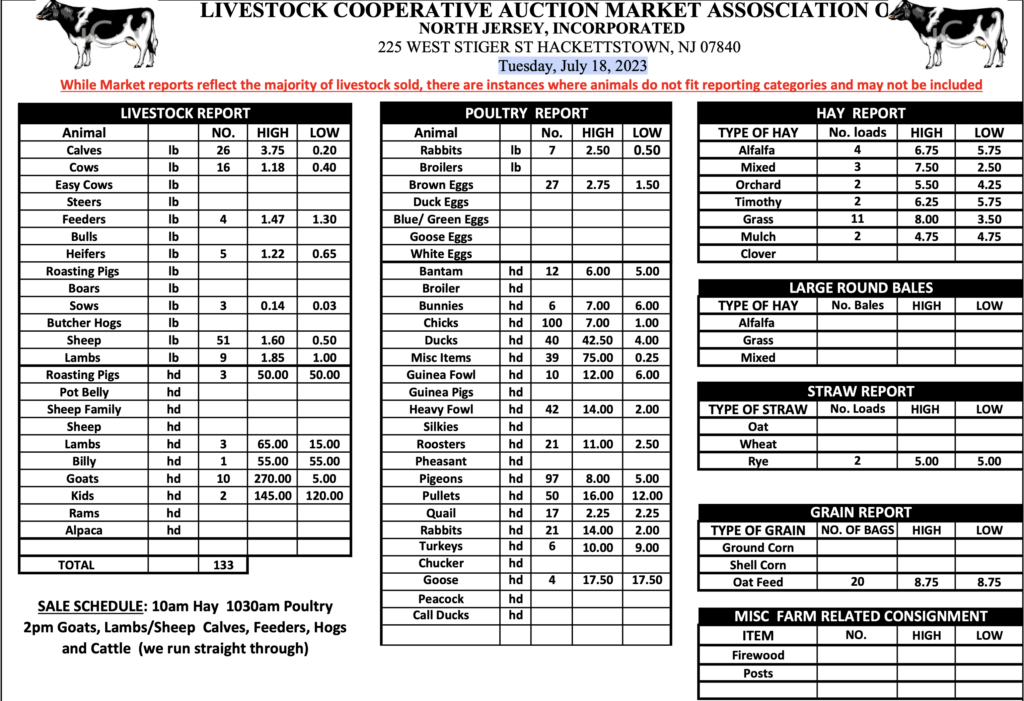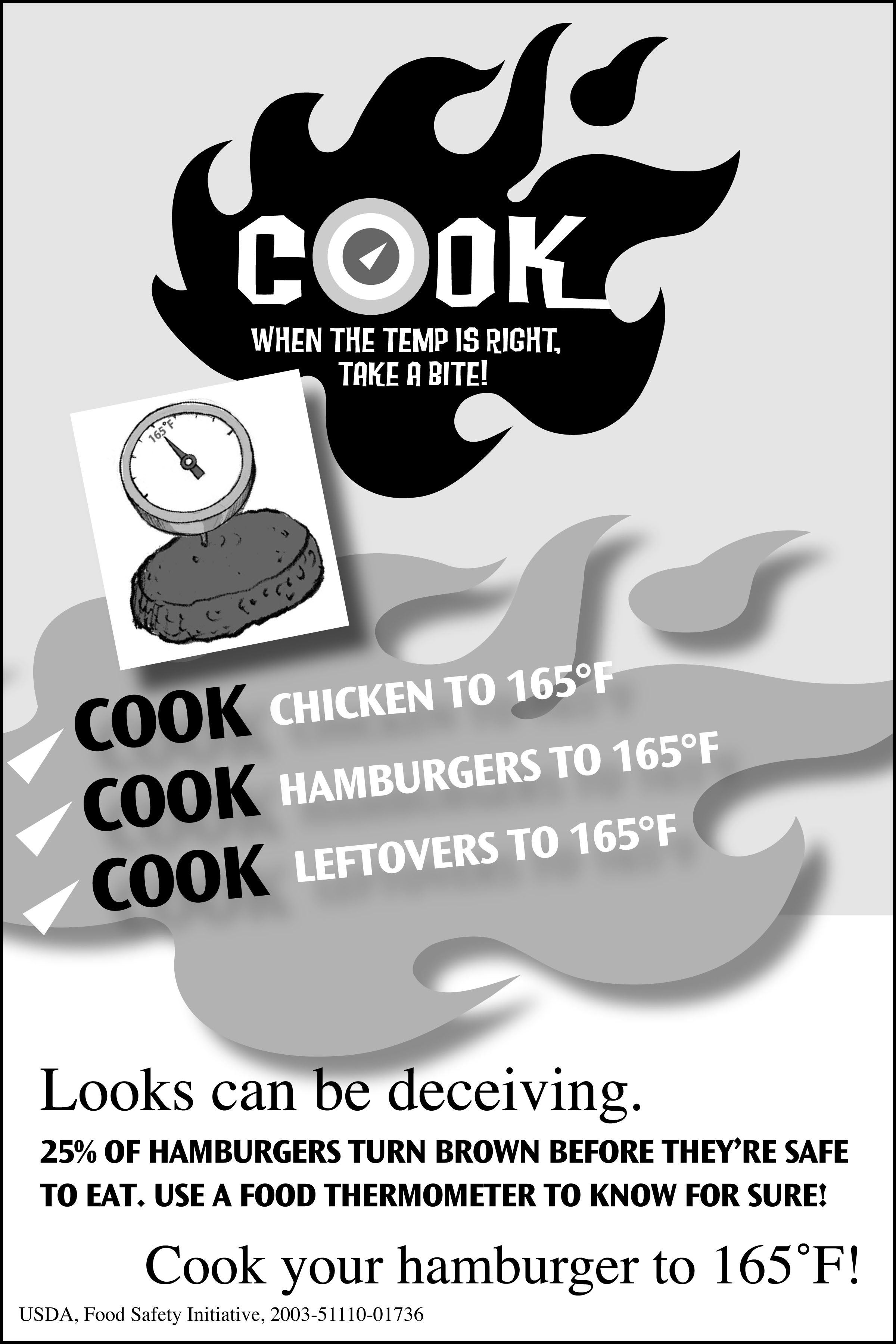Two regional laboratories that could test for heat damaged proteins are:
Cumberland Valley Analytical Services (CVAS)
Below is some information and factsheets below that may be useful about hay and forage that is put up too wet.
- High temperatures in bales (>170°F) can result in reactions between proteins and sugars called the Maillard reaction
- Hay impacted by Maillard reactions will be sweet/tobacco smelling and brown/caramel colored
- While highly palatable, the reaction creating this hay ties up protein, making it unusable for animal digestion
- If significant signs of Maillard reactions are seen in your hay, add a Head Damaged Protein (HDP) test to your forage analysis to get accurate Crude Protein contents for feeding decisions
- Caramelized hay also has a high likelihood of containing larger than normal amounts of mold growth. Feeding free choice is a good option to minimize risk when feeding moldy hay
- Please don’t forget other contaminants that can be concerns in wet or dry years such as mycotoxins, nitrates, etc.
- Diluting the bad forage with good forage or grain is a possibility
- Check with an extension agent or other authority before feeding


